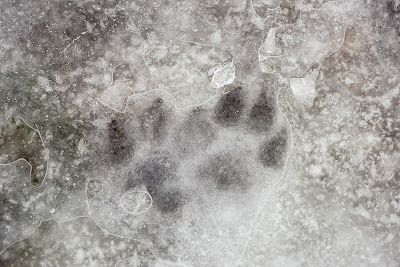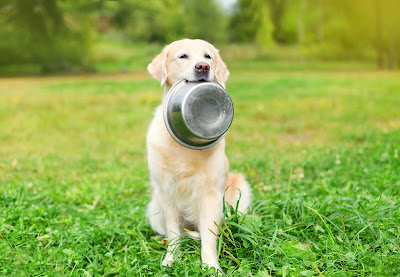 |
| Image: https://herbertspoultry.wordpress.com/ |
If you want your cat to respond to their name, try these few tips – remembering that intonation can help, and if your feline friend isn’t responding to you at all, try stressing a different part of their name.
1. Pick a name that is easily recognisable (Princess Furry Boots II won’t work!) Start to say their name when they are sat with you and seem to be content. This way they will associate being relaxed with their name.
2. If you cat looks up at you whilst you’re stroking them and saying their name, give them a reward like a small treat or something that you know that they enjoy; they are more likely to continue responding to their name in the hope of getting a reward. It may be an idea to give them less food than usual; this way they aren’t in danger of gaining excess weight during their name training with all those extra treats!
3. Use a hand gesture along with the name, like stretching out your hand to show that you’d like your cat to come to you.
4. Once they associate their name with affection, or a treat, practise saying your pets name when they are playing in a different room and praise them if they do indeed respond.
5. Patience is key; get your whole family to join in with the training process and keep it going until your cat begins to respond. Remember that cats don’t respond kindly to discouragement and are likely to develop a negative attitude to the training if affection from you begins to stop! Although you don’t need to dish out treats all the time once the training has started to show signs of sinking in, remember that you should continue to demonstrate affection and praise.
Even with the best training, there will be times when these tips don’t work; keep trying with different incentives that are likely to work on your cats. In some severe cases, it may be a sign that your pet may have a hearing problem. If you suspect this to be the case, call your pet insurance provider who will refer you to a vet for a screen of your cat’s hearing.


